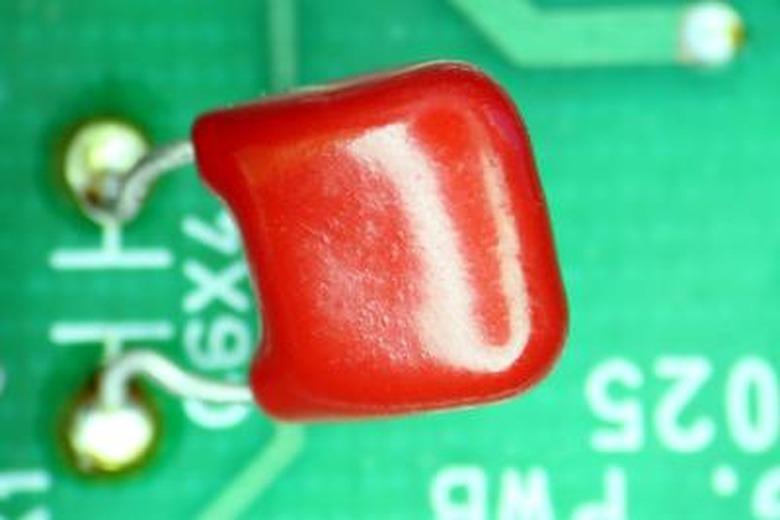What Are Two Types Of Electrical Circuits?
Circuits found in practical applications often feature more than two components connected. Complex circuits transfer high voltages of electricity across multiple wires or components. Two basic ways to connect more than two circuit components are the basis for virtually all electronic products.
Series Circuit
Series Circuit
A series circuit has only one path for electricity to flow from one point to another. The amount of electricity in the circuit is consistent throughout any component in the circuit. When electricity flows through a series circuit, its rate of flow (speed) will never fluctuate. The total resistance of a series circuit equals the sum of individual resistances. The more resistors that a series circuit has, the more difficult it is for electrons to flow.
Parallel Circuit
Parallel Circuit
A parallel circuit has multiple paths for electricity to flow from one point to another. According to website All About Circuits, "all components are connected between the same set of electrically common points." Often, resistors and sources will be connected between two sets of electrically common points. In a parallel circuit, electricity can flow in multiple directions horizontally and vertically. The components of a parallel circuit will have the same voltage across their ends and will have identical polarities.
Series-Parallel Circuit
Series-Parallel Circuit
Properties of both series and parallel circuits can be combined to form a specialized series-parallel circuit, in which the wires or components are configured such that there are only two loops through which electricity can flow. Like series circuits, the electricity has a path to which it must adhere. Like parallel circuits, the circuit still has two sets of electrically common points.
Application to the Human Body
Application to the Human Body
The human body demonstrates systems that are analogous to series resistance and parallel resistance. Series resistance is exemplified by the arrangements of blood vessels in a given organ. The organ uses arteries, capillaries, veins and arterioles arranged in series of straight lines to transfer blood, oxygen and other critical fluids to and from the organ. Parallel resistance is illustrated by the circulatory system. Each organ in the body contains an artery that branches off the aorta. The three components transfer blood, oxygen and other materials in several interconnected passageways.
Cite This Article
MLA
King, Derek. "What Are Two Types Of Electrical Circuits?" sciencing.com, https://www.sciencing.com/two-types-electrical-circuits-8246628/. 24 April 2017.
APA
King, Derek. (2017, April 24). What Are Two Types Of Electrical Circuits?. sciencing.com. Retrieved from https://www.sciencing.com/two-types-electrical-circuits-8246628/
Chicago
King, Derek. What Are Two Types Of Electrical Circuits? last modified March 24, 2022. https://www.sciencing.com/two-types-electrical-circuits-8246628/
